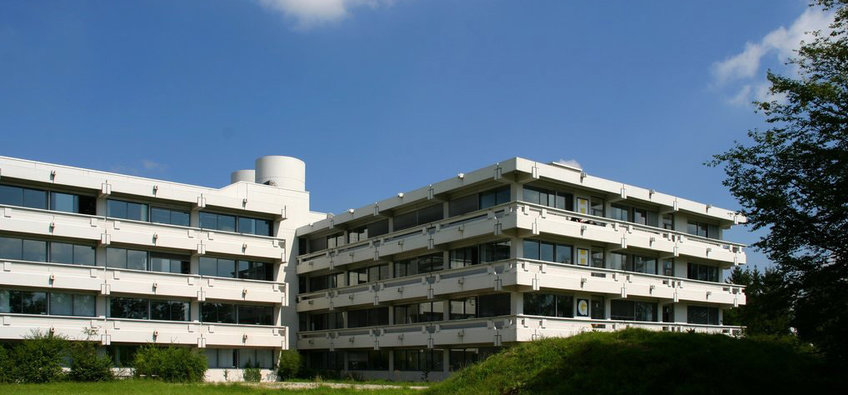
Max Planck Institute of Biochemistry
Proteins are the molecular building blocks and engines of the cell, and are involved in practically all life processes. Researchers at the Max Planck Institute of Biochemistry investigate the structure of these proteins and how they function – from individual molecules through to complex organisms. They make use of the latest biochemical, imaging and genetic engineering methods to discover the structure of proteins, their properties and the tasks they perform in the human body. Further important areas of research are signal processing and transmission, the regulation of protein breakdown and how cancer evolves. The researchers also want to find out what the actual protein composition of the cell looks like and how complete biological systems function.
Contact
Am Klopferspitz 1882152 Martinsried
Phone: +49 89 8578-1
Fax: +49 89 8578-3777
PhD opportunities
This institute has an International Max Planck Research School (IMPRS):
IMPRS for Molecules of LifeIn addition, there is the possibility of individual doctoral research. Please contact the directors or research group leaders at the Institute.














